Home>Interior Design>Clothes Storage Mistakes: 10 Everyday Blunders
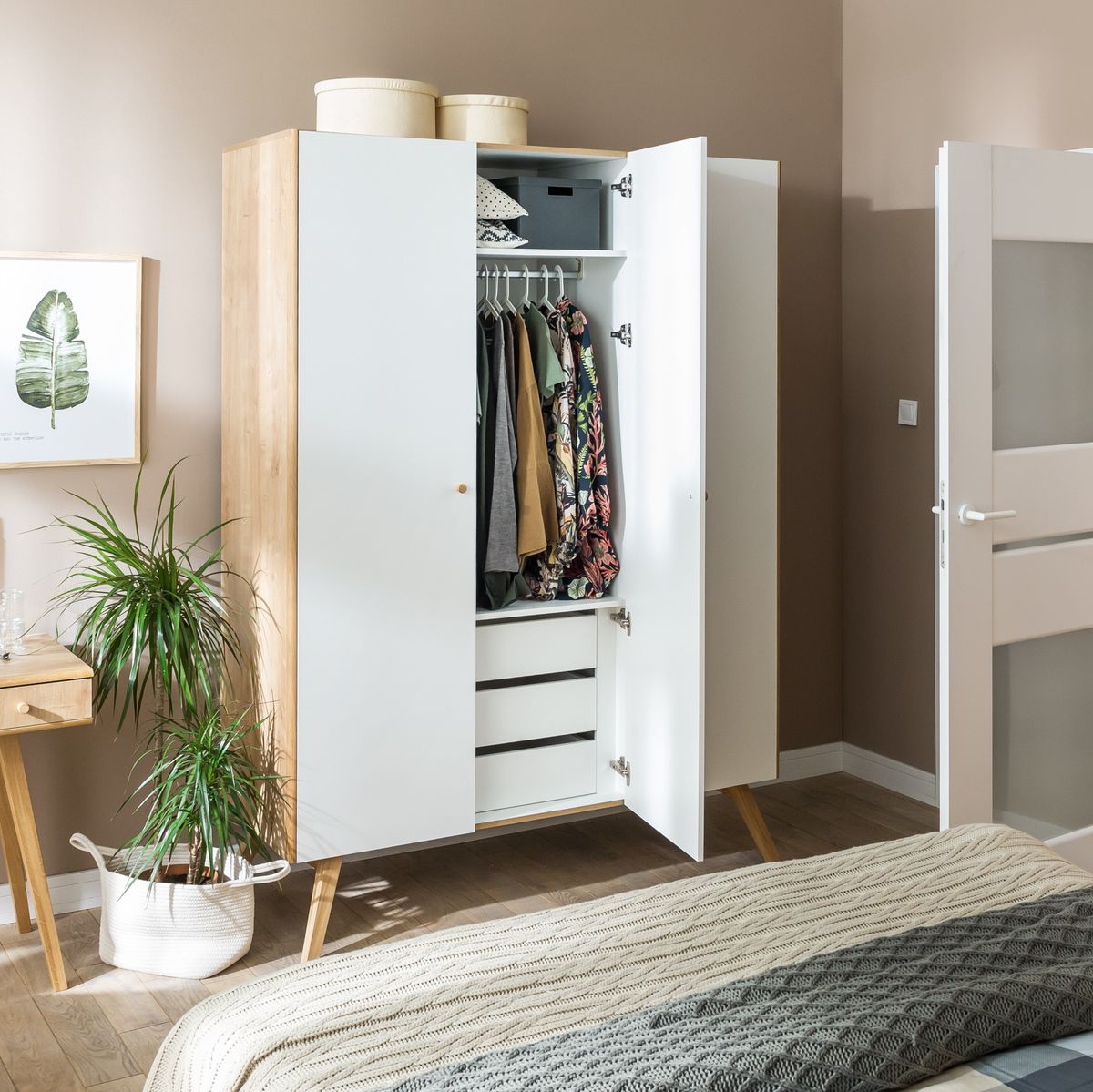

Interior Design
Clothes Storage Mistakes: 10 Everyday Blunders
Modified: August 28, 2024
Avoid these common clothes storage mistakes and optimize your interior design. Learn about 10 everyday blunders to keep your space organized and stylish.
(Many of the links in this article redirect to a specific reviewed product. Your purchase of these products through affiliate links helps to generate commission for Storables.com, at no extra cost. Learn more)
Introduction
When it comes to keeping our clothes organized and well-maintained, many of us make common storage mistakes without even realizing it. From overcrowded closets to neglected seasonal rotation, these blunders can lead to frustration, inefficiency, and even damage to our beloved garments. However, by making a few simple adjustments to our clothes storage habits, we can create a more functional and visually appealing space while prolonging the lifespan of our clothes.
In this article, we will highlight 10 everyday clothes storage mistakes that people often make and provide practical solutions to rectify them. By avoiding these blunders, we can transform our closets into well-organized havens that showcase our clothing collection and make getting dressed a breeze.
Key Takeaways:
- Avoid common clothes storage mistakes like overstuffing, neglecting seasonal rotation, and using the wrong hangers. Invest in appropriate storage solutions and follow clothing storage guidelines to maintain an organized and visually appealing closet.
- Regularly declutter, clean, and maintain your clothes and storage area to prolong the lifespan of your garments. Utilize vertical space and proper folding techniques for an efficient and well-preserved wardrobe.
Overstuffing the Closet
One of the most common clothes storage mistakes is cramming too many garments into a limited closet space. While it may be tempting to stack clothes tightly or hang them haphazardly, this practice can lead to wrinkling, stretching, and difficulty in finding and accessing specific items.
To avoid this mistake, declutter your closet regularly and only keep the clothes you truly love and wear frequently. Consider donating or selling items that no longer fit or suit your style. By maintaining a lean and curated wardrobe, you will have more space to properly store your clothes.
Invest in closet organization tools such as hooks, shelves, and hanging organizers. Utilize these accessories strategically to maximize storage space and ensure that each garment has its designated area. Remember, a clutter-free and well-organized closet not only makes it easier to find what you need but also extends the lifespan of your clothes.
Additionally, avoid overloading hangers with too many items. If a hanger is bending or struggling to hold the weight of multiple garments, it’s a sign that you need to redistribute the load. Give each garment room to breathe so that they retain their shape and are easily accessible.
Lastly, consider using under-bed storage containers or vacuum-sealed bags for out-of-season clothes or items that you don’t wear frequently. This will free up space in your closet and protect these items from dust and moisture.
Failure to Sort and Organize
Another common clothes storage mistake is failing to sort and organize your garments effectively. Without a proper system in place, it can be challenging to locate specific items when you need them, resulting in frustration and wasted time.
Start by categorizing your clothes by type, such as shirts, pants, dresses, and so on. Within each category, further organize them by color or style. This makes it easier to find what you’re looking for and helps maintain order within your closet.
Consider investing in closet dividers or labels to clearly mark different sections. This not only adds a visually pleasing touch to your closet but also makes it easier to maintain the organization over time.
It’s also important to regularly revisit and reevaluate your wardrobe organization. As seasons change and your style evolves, you may need to adjust how your clothes are sorted. Take the opportunity to declutter and remove any items that no longer serve you.
To optimize your organization efforts, consider using storage bins or boxes for items that are less frequently used, such as accessories or special occasion garments. This helps keep your clothes easily accessible while reducing clutter within your closet.
Lastly, don’t forget about your shoes! Utilize shoe racks or storage solutions to keep your footwear organized and easily visible. Consider labeling shoe boxes or using clear containers to quickly locate the pair you want.
By implementing a thoughtful sorting and organizing system, you’ll be able to find your clothes easily, create a visually pleasing closet, and make the most of your wardrobe.
Neglecting Seasonal Rotation
One of the most common clothes storage mistakes is neglecting to rotate your wardrobe with the changing seasons. When you keep all of your clothes in your closet year-round, it leads to unnecessary clutter and makes it harder to find the appropriate garments for the current weather.
To avoid this mistake, practice seasonal rotation by storing out-of-season clothes elsewhere in your home, such as in storage containers or vacuum-sealed bags. This frees up space in your closet and ensures that your current season’s clothes are easily accessible.
When transitioning between seasons, take the opportunity to evaluate your wardrobe and determine what you truly need and enjoy wearing. Donate or sell any items that you no longer love or that no longer fit your style. This not only helps you maintain a clutter-free closet but also allows you to make space for new seasonal pieces.
When storing your out-of-season clothes, make sure to clean them thoroughly before packing them away. This helps prevent any stains or odors from setting in over time. Additionally, consider adding mothballs or cedar blocks to the storage containers to deter pests and protect your clothes from damage.
Label each container or bag with the season and year so that you can easily locate specific items when you need them. Store these containers in a cool, dry place away from direct sunlight to further protect your clothes.
By practicing seasonal rotation, you not only declutter and maximize your closet space but also ensure that your clothes are well-maintained and ready to wear when the appropriate season arrives. It’s a simple yet effective way to streamline your wardrobe and keep it organized year-round.
Using the Wrong Hangers
Using the wrong hangers is a common clothes storage mistake that can lead to wrinkling, stretching, and overall damage to your garments. It’s important to choose the right hangers that provide proper support and maintain the shape of your clothes.
Avoid using wire hangers as they are flimsy and can distort the shape of your clothes over time. Instead, opt for wooden or plastic hangers that are sturdy and provide better support. Wooden hangers are especially great for heavier items like coats and jackets.
Choose hangers that are appropriate for the type of garment you are storing. For dresses and blouses, look for hangers with notches or fabric padding to prevent slippage. For pants, use hangers with clips to keep them securely in place. This helps maintain the structure and integrity of your clothes.
Another important consideration is the size of the hanger. Use hangers that match the width of your garments to avoid stretching or sagging. For example, use wider hangers for jackets or suits to support the shoulder area properly.
Additionally, hang delicate items such as silk blouses or beaded dresses on padded hangers or wrap them in acid-free tissue paper to avoid any snags or damage. This extra care ensures that your special garments remain in pristine condition.
When hanging up your clothes, make sure to leave space between each item. Overcrowding can lead to wrinkling and difficulty in finding the specific garment you want. Allow your clothes to breathe and hang freely to prevent any potential damage.
By using the right hangers for your clothes, you can maintain their shape and condition, making them last longer and easier to find when you need them. Invest in quality hangers that suit your specific garments, and your closet will thank you.
Ignoring Delicate Fabrics
Ignoring the care and storage requirements of delicate fabrics is a common clothes storage mistake that can lead to irreparable damage. Fabrics such as silk, lace, chiffon, and cashmere require special attention to ensure their longevity.
First and foremost, always check the care label of the garment to understand the recommended cleaning and storage instructions. Some delicate fabrics require hand washing or dry cleaning, so it’s crucial to follow these guidelines to avoid damaging the fibers.
When it comes to storage, delicate fabrics should be folded instead of hung to prevent stretching or distortion. Use acid-free tissue paper to wrap each folded garment individually, helping to prevent any color transfer or creasing. Place them in a breathable storage container or drawer, away from direct sunlight and excessive moisture.
Silk garments, in particular, should be stored flat or hung on padded hangers to prevent wrinkling and strain on the fabric. Avoid using wire hangers or plastic bags, as they can cause garments to lose their shape or trap moisture.
To further protect delicate fabrics, consider using lavender sachets or cedar blocks in your storage containers. These natural remedies can repel moths and other insects that can cause damage to your clothing.
It’s also essential to handle delicate fabrics with care when wearing or storing them. Avoid using harsh chemicals, perfume, or body sprays near these garments, as they can cause discoloration or staining. Additionally, try to avoid excessive rubbing or friction, which can wear down the fabric over time.
By giving special attention to delicate fabrics, you not only preserve their beauty but also ensure that they last for years to come. Remember to follow the care instructions, provide proper storage, and handle them gently to keep these cherished pieces in optimal condition.
When storing clothes, avoid hanging heavy items like sweaters and knits, as it can stretch them out. Instead, fold and stack them to maintain their shape and quality.
Improper Folding Techniques
Improper folding techniques can lead to a disorganized and messy closet, making it difficult to find specific items when you need them. It’s essential to learn the correct folding techniques to optimize your clothes storage and maintain the condition of your garments.
For t-shirts, start by folding them in half vertically, matching the sleeves. Then, fold them in half horizontally, bringing the bottom hem to meet the neckline. This creates a neat and compact folded t-shirt that can be easily stacked or stored in drawer organizers.
When it comes to pants, fold them along the crease line to maintain their shape. If they have a crease down the front, fold them in half so that the creases align. Place them in your drawer or on a shelf with the folded edge facing out for easy identification.
For bulkier items like sweaters or hoodies, avoid hanging them as they can stretch and lose their shape. Instead, fold them neatly and stack them on a shelf or in a drawer. Use dividers or shelf organizers to keep the stacks in place and prevent them from toppling over.
Button-down shirts and blouses should be folded with their arms tucked inside and the collar neatly aligned. Again, place them in your drawer or on a shelf with the folded edge facing outward for easy access.
When folding delicate fabrics like silk or chiffon, gently lay them flat and fold them along the natural lines. Use acid-free tissue paper to layer between folds to prevent any friction or color transfer. These garments are best stored in breathable storage containers or drawers to protect them from dust and other potential damage.
For items like socks and underwear, consider using drawer dividers or organizers to keep them separate and easily accessible. Rolling socks is a space-saving technique that also prevents them from losing their pairs.
By utilizing proper folding techniques, you not only create a more organized and visually pleasing storage system but also help preserve the condition of your clothes. Take the time to fold each garment properly, and you’ll be rewarded with a tidy and efficient closet.
Not Maximizing Vertical Space
One common clothes storage mistake is not making the best use of vertical space in your closet. Focusing solely on the horizontal space can lead to wasted potential and a cluttered wardrobe.
To maximize vertical space, consider installing shelves or cubbies above your clothing rods. This provides additional storage for items like folded sweaters, jeans, or handbags. Utilize storage bins or baskets to keep smaller items organized and easily accessible.
Another space-saving solution is to install hooks or hanging organizers on the inside of your closet doors. This allows you to hang scarves, belts, or hats, freeing up valuable drawer or shelf space.
Investing in a closet organizer system can also help optimize vertical space. These systems typically include adjustable shelves, hanging rods, and drawers that can be customized to fit your specific needs. They allow you to take advantage of every inch of your closet, ensuring efficient and organized storage.
Consider utilizing double-hang closet rods to create more hanging space. By installing an additional rod below the existing one, you can effectively double your hanging capacity. This is particularly useful for shorter items like shirts or skirts.
Don’t forget about the floor space in your closet. Use stackable shoe racks or under-bed storage containers to keep your shoes organized and easily accessible. You can also opt for hanging shoe organizers that make use of vertical space without taking up floor space.
By making use of vertical space, you can maximize the storage potential in your closet and create a more organized and efficient system. Don’t neglect the overhead and door areas, as they offer valuable space that can be utilized to keep your clothes and accessories neatly stored and easily accessible.
Lack of Storage Solutions
Having a lack of storage solutions is a common clothes storage mistake that can result in a cluttered and disorganized closet. Without proper storage options, it can be challenging to keep your clothes readily accessible and well-preserved. Here are some storage solutions to consider:
Invest in closet organizers or systems that offer a variety of storage options such as shelves, drawers, and hanging rods. These systems can be customized to fit your specific needs and maximize the use of your closet space.
Use clear plastic storage bins or boxes to group and store similar items. Label each container to easily identify its contents. This method is particularly useful for storing accessories, such as scarves, belts, or hats, as well as seasonal items like gloves or swimsuits.
Consider using drawer dividers or organizers to keep smaller items like socks, underwear, or ties neatly separated. This not only saves space but also helps you locate specific items quickly.
Utilize baskets or bins on shelves to store items that are difficult to stack or fold neatly, such as sweaters or bulky sweatshirts. These containers not only keep your closet looking tidy but also make it easier to access and retrieve these items.
Make use of underutilized spaces in your closet, such as the back of the door or the sides. Install hooks or hanging organizers on the inside of the door to hang scarves, purses, or jewelry. Use over-the-door shoe organizers to store shoes or other small items.
When it comes to selecting storage solutions, opt for transparent containers or ones with clear lids. This allows you to quickly see what’s inside, saving you time and effort when looking for specific items.
Remember to regularly declutter and reevaluate your storage solutions. As your wardrobe evolves, you may need to adjust your storage methods to accommodate new items or changes in your style.
By investing in the right storage solutions and utilizing them effectively, you can create a well-organized and efficient closet that not only maximizes your storage space but also keeps your clothes in excellent condition for years to come.
Read more: Guide to the 10 Best Clothes Storage Boxes
Neglecting Maintenance and Cleaning
Neglecting the maintenance and cleaning of your clothes and storage area is a common mistake that can lead to disorganization, damage, and a compromised wardrobe. It’s important to dedicate time and effort to properly care for your clothes and the space in which they are stored.
Regularly inspect your clothes for any signs of damage, such as loose threads, missing buttons, or stains. Address these issues promptly to prevent further damage and preserve the quality of your garments. Sewing on a loose button or repairing a small tear can extend the lifespan of your clothes.
In addition to repairs, make it a habit to clean your clothes according to their specific care instructions. This includes following guidelines for washing, drying, and ironing. Proper cleaning techniques not only help maintain the appearance of your clothes but also prevent the buildup of dirt, odors, and stains.
Apart from cleaning your clothes, regularly clean and maintain your storage area. Dust or vacuum the shelves, wipe down any hanging rods or hooks, and declutter any items that have accumulated over time. A clean and well-maintained storage space not only looks visually appealing but also ensures the longevity of your clothes.
Implement a regular schedule for decluttering and organizing your closet. Set aside dedicated time to go through your clothes and evaluate what you truly need and wear. Donate or sell any items that no longer serve you. This not only reduces clutter but also opens up space for new items and helps keep your wardrobe relevant to your current style.
Consider using natural remedies such as lavender sachets or cedar blocks to deter pests and keep your clothes smelling fresh. These can be placed in your storage containers or hung in your closet to provide a pleasant fragrance while protecting your clothes.
Lastly, make it a practice to rotate your clothes on a regular basis, even if they are not strictly seasonal. By doing so, you can distribute the wear and tear evenly among your garments, allowing them to maintain their quality and prolong their lifespan.
By giving attention to the maintenance and cleaning of your clothes and storage area, you not only protect your investment but also create a well-organized and inviting space. Dedicate time to these tasks regularly, and you’ll enjoy a wardrobe that is both visually appealing and functional.
Ignoring Clothing Storage Guidelines
Ignoring clothing storage guidelines is a common mistake that can lead to unnecessary wear and tear, as well as diminished longevity of your garments. Each type of clothing has its own unique storage needs, and following these guidelines ensures that your clothes are well-preserved and ready to wear when you need them.
For knitwear and delicate fabrics, it’s best to fold them instead of hanging. Hanging these garments can cause stretching or misshaping. Use acid-free tissue paper to layer between folds to prevent friction and maintain their shape. Store them in drawers or breathable storage containers to protect them from dust and damage.
Woven or structured garments, such as blazers and coats, should be hung to maintain their shape. Invest in sturdy wooden or padded hangers to provide proper support. Use garment bags to protect them from dust, dirt, and any potential snagging.
Avoid storing clothes in plastic bags, as they can trap moisture and result in musty odors or mold growth. Instead, choose breathable garment bags made of fabric or invest in cotton storage bags that provide air circulation while protecting your clothes.
Shoes require special storage attention as well. Avoid piling shoes on top of each other, as this can cause damage or deform the shape of the shoes. Use shoe racks or clear shoe boxes to keep them organized and easily visible. Stuff boots with boot shapers or rolled-up newspaper to maintain their shape during storage.
Follow the care instructions on delicate or specialty garments, such as dry cleaning or handwashing. Ignoring these guidelines can result in color fading, shrinking, or damage to the fabric. Adhere to the recommended cleaning methods and storage suggestions provided by the manufacturer or clothing label.
Clothes made of natural fibers, like wool or silk, benefit from proper ventilation. Avoid sealing these garments in airtight containers, as it can lead to moisture buildup and increase the risk of mildew or mold. Instead, use breathable storage options that allow air circulation.
Consider using desiccant packets or moisture absorbers in your storage containers to prevent excess humidity. These packets help control moisture and reduce the risk of mildew or odor development.
Take the time to understand the specific storage needs of different types of clothing and follow the recommended guidelines. By doing so, you can extend the lifespan of your garments, maintain their quality, and ensure that they are ready to wear when you pull them out of storage.
Conclusion
Successfully organizing and maintaining your clothes storage is crucial to maximizing the lifespan of your garments and creating an efficient and visually pleasing space. By avoiding common clothes storage mistakes, you can transform your closet into a well-organized haven where finding and caring for your clothes becomes a breeze.
Some of the key mistakes to avoid include overstuffing the closet, failing to sort and organize, neglecting seasonal rotation, using the wrong hangers, ignoring delicate fabrics, improper folding techniques, not maximizing vertical space, lacking storage solutions, neglecting maintenance and cleaning, and ignoring clothing storage guidelines.
To rectify these blunders, regularly declutter your closet, invest in appropriate storage solutions, follow proper folding and hanging techniques, pay attention to the specific care instructions of your garments, and make use of vertical and underutilized spaces in your closet. Regularly clean and maintain both your clothes and storage area, and follow clothing storage guidelines to ensure that your clothes are well-preserved and ready to wear when needed.
By incorporating these practices into your clothes storage routine, you will not only maintain an organized and visually appealing closet, but you’ll also prolong the lifespan of your clothes, save time getting dressed, and make the most of your wardrobe investment.
Remember, a well-organized and properly maintained closet reflects your personal style and allows you to effortlessly access and enjoy your clothes. So, take the time to implement these strategies and enjoy the benefits of a functional and fabulous clothes storage system.
Frequently Asked Questions about Clothes Storage Mistakes: 10 Everyday Blunders
Was this page helpful?
At Storables.com, we guarantee accurate and reliable information. Our content, validated by Expert Board Contributors, is crafted following stringent Editorial Policies. We're committed to providing you with well-researched, expert-backed insights for all your informational needs.
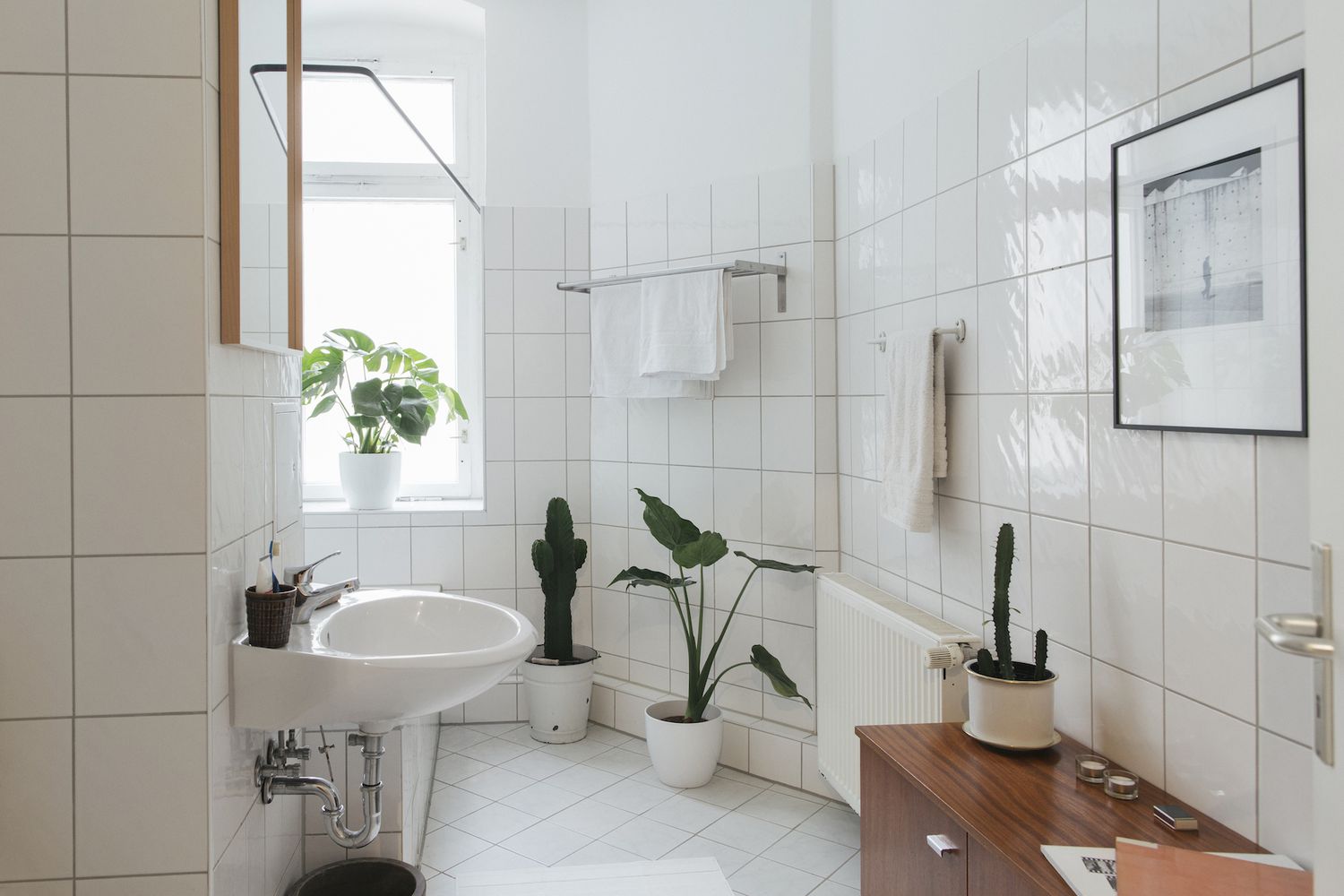


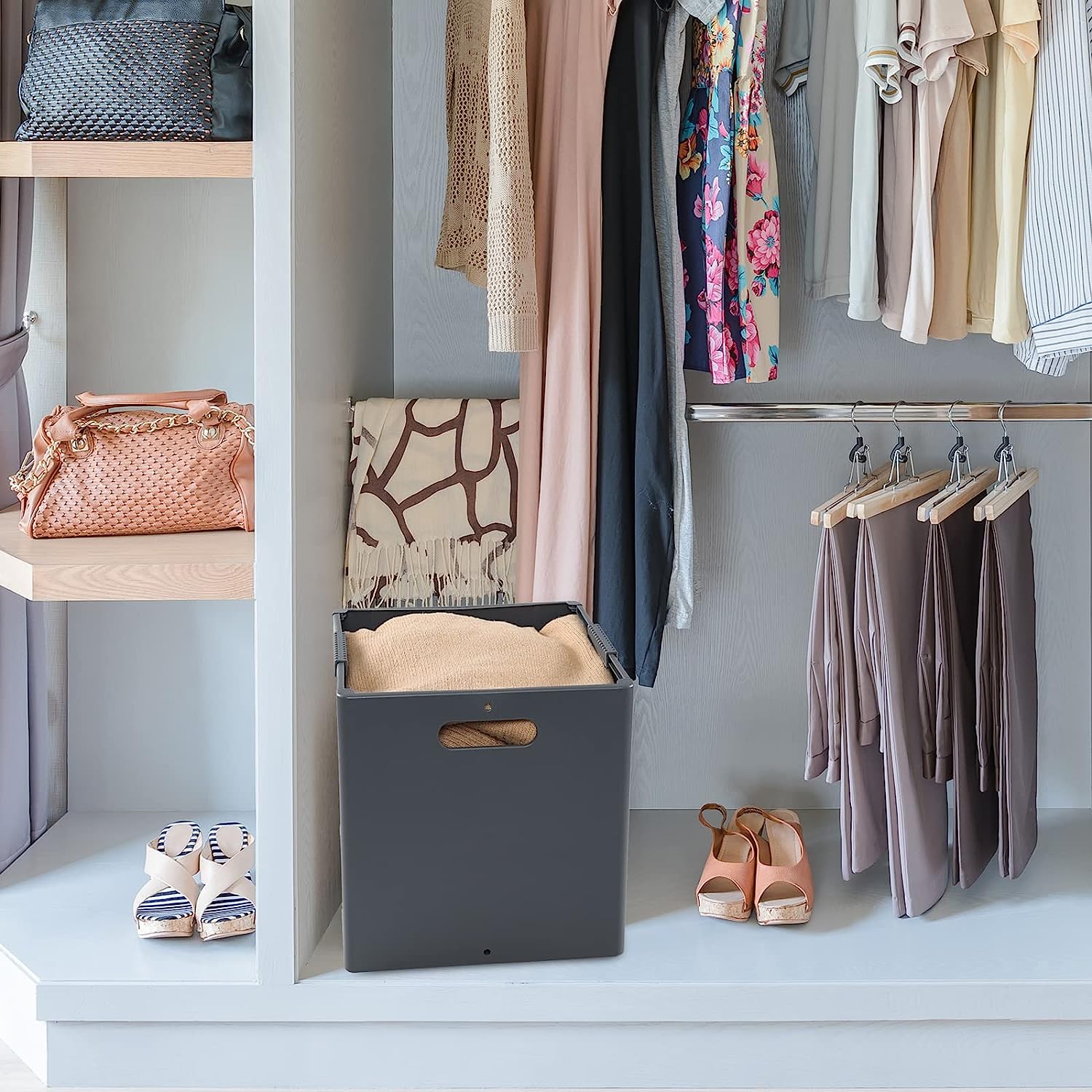
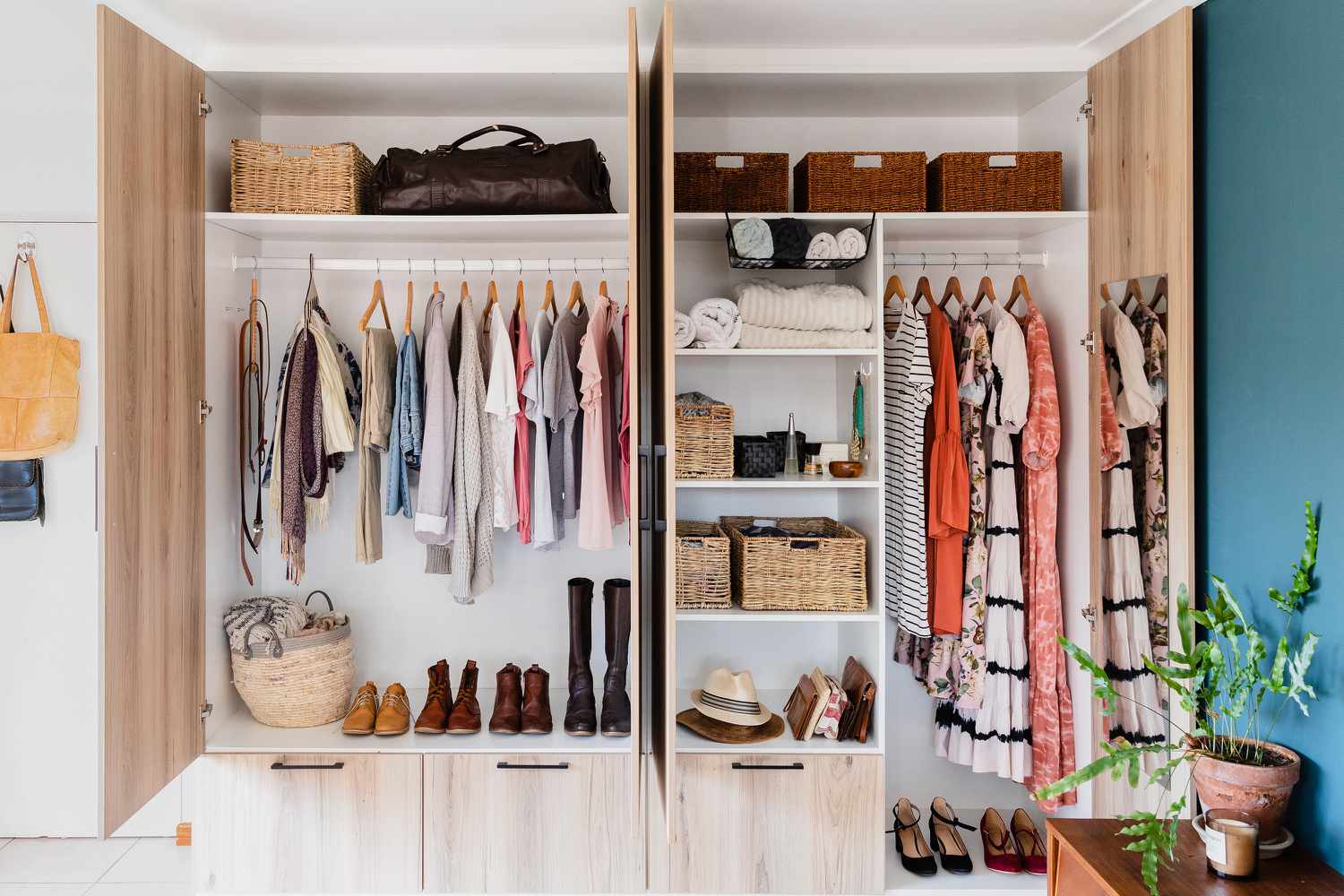
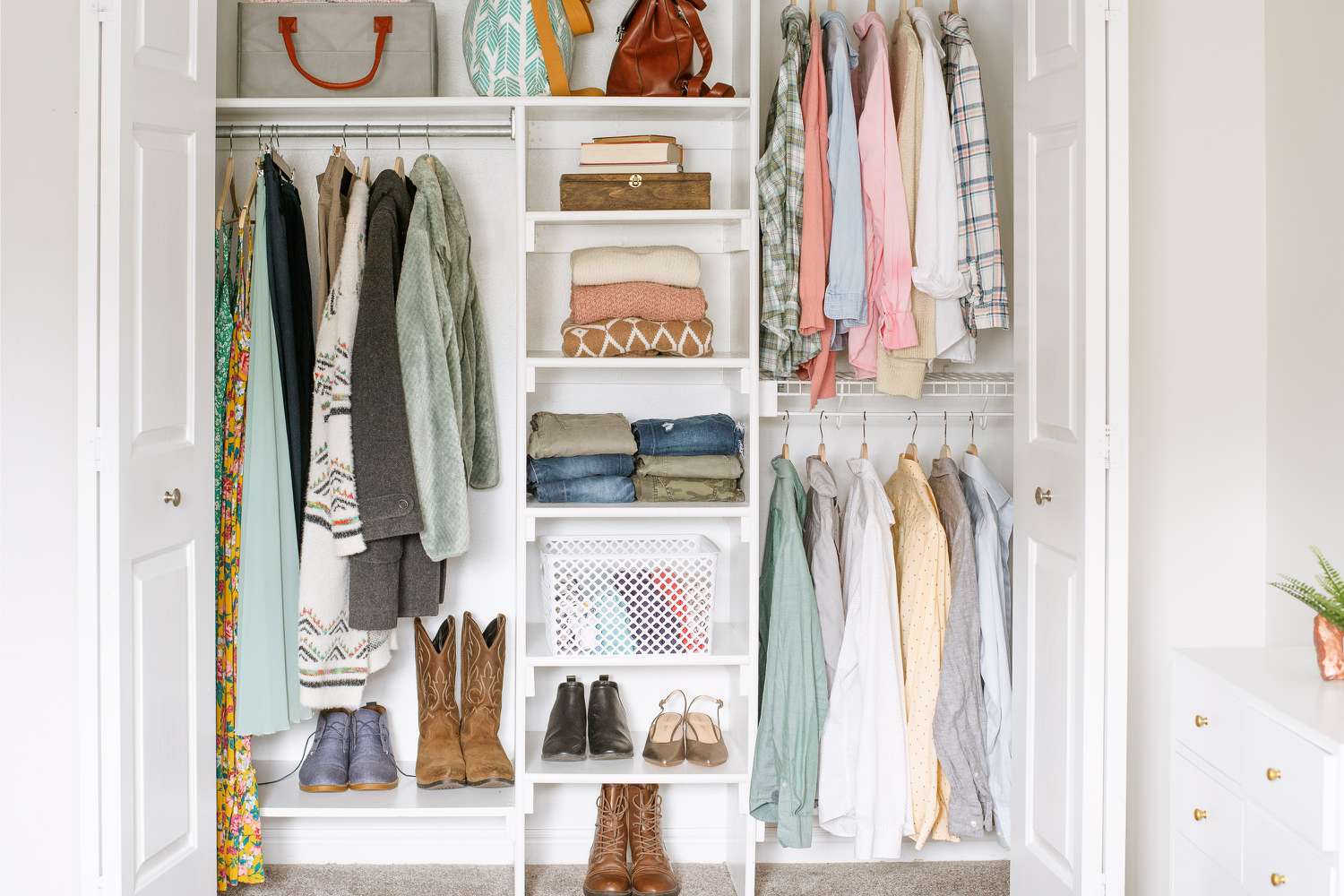

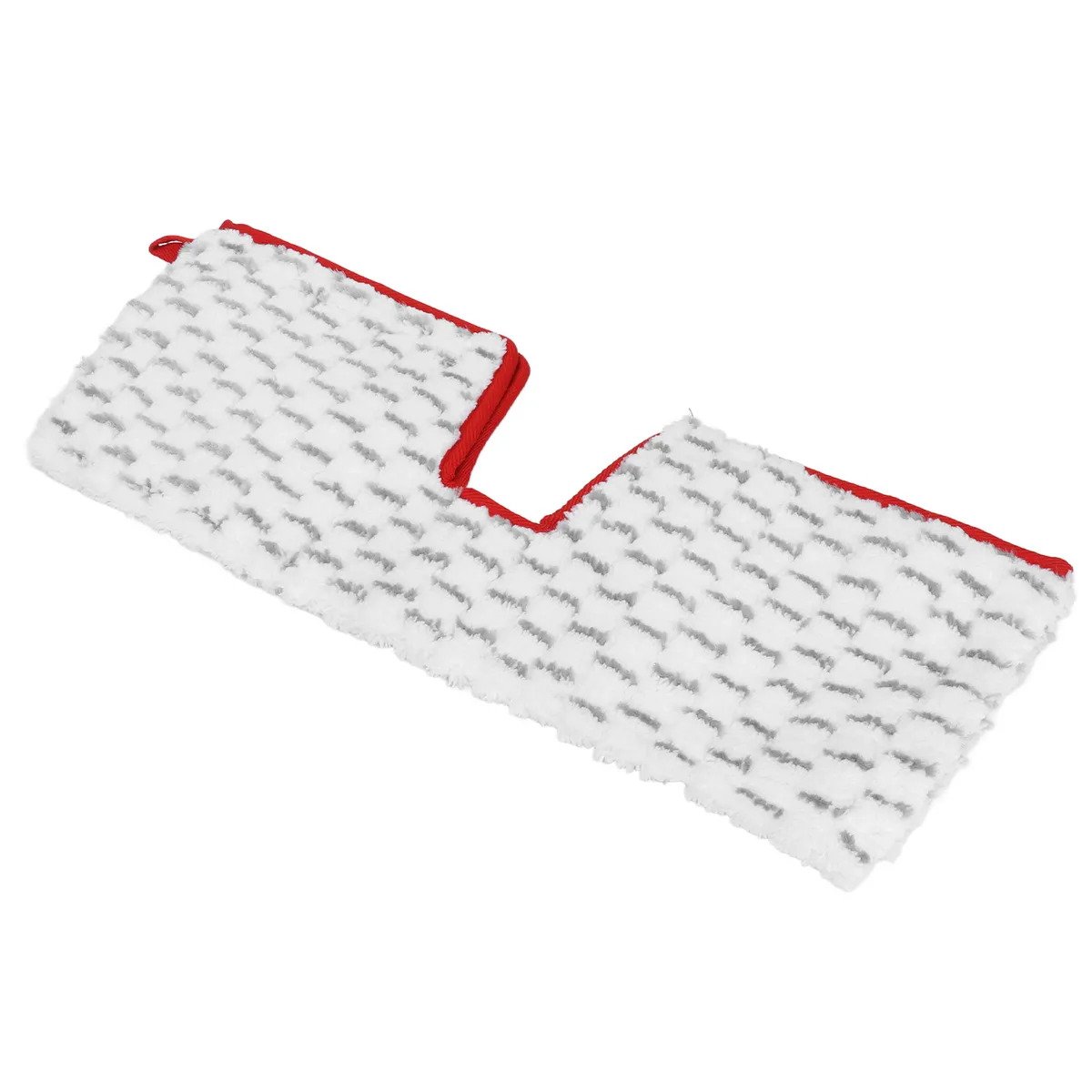

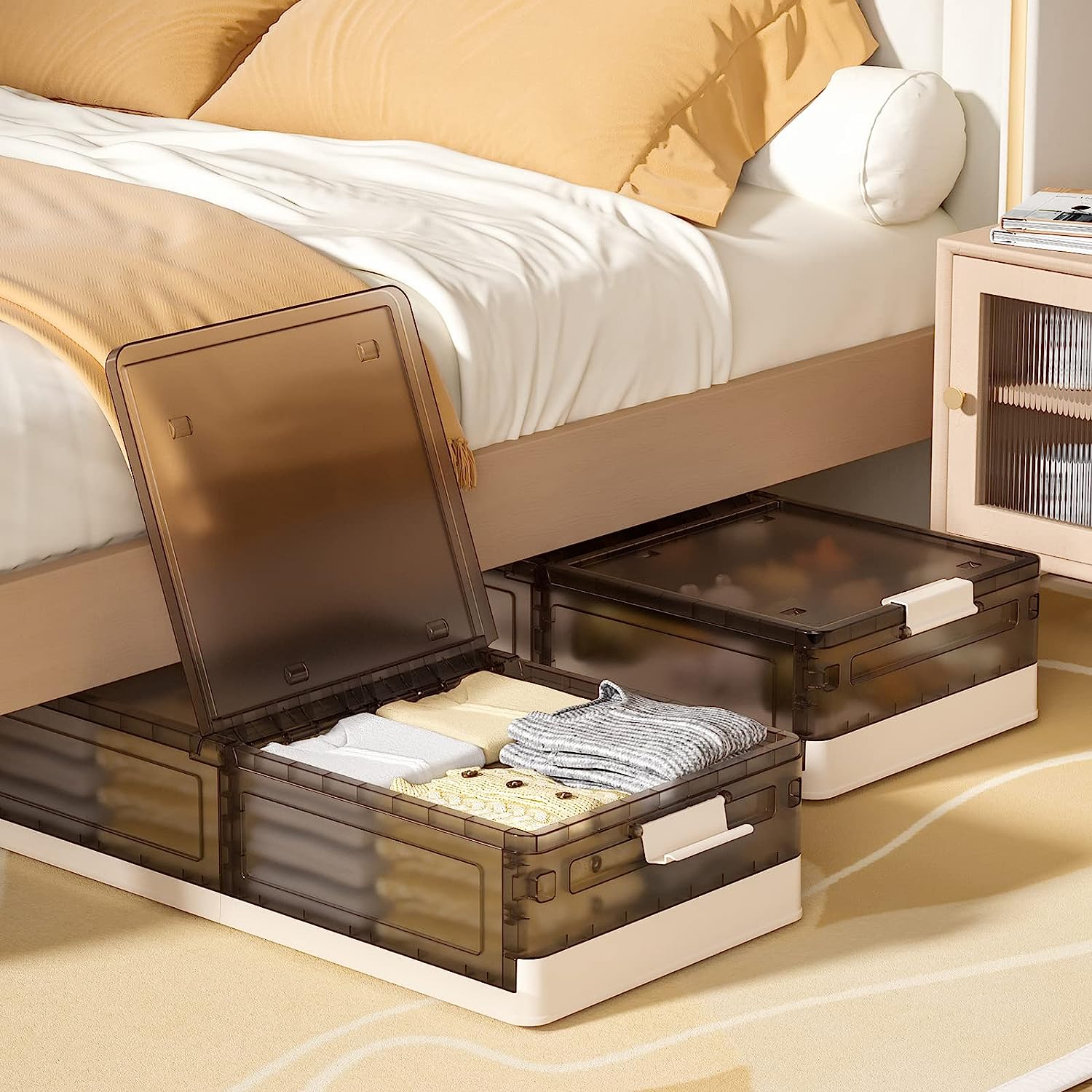

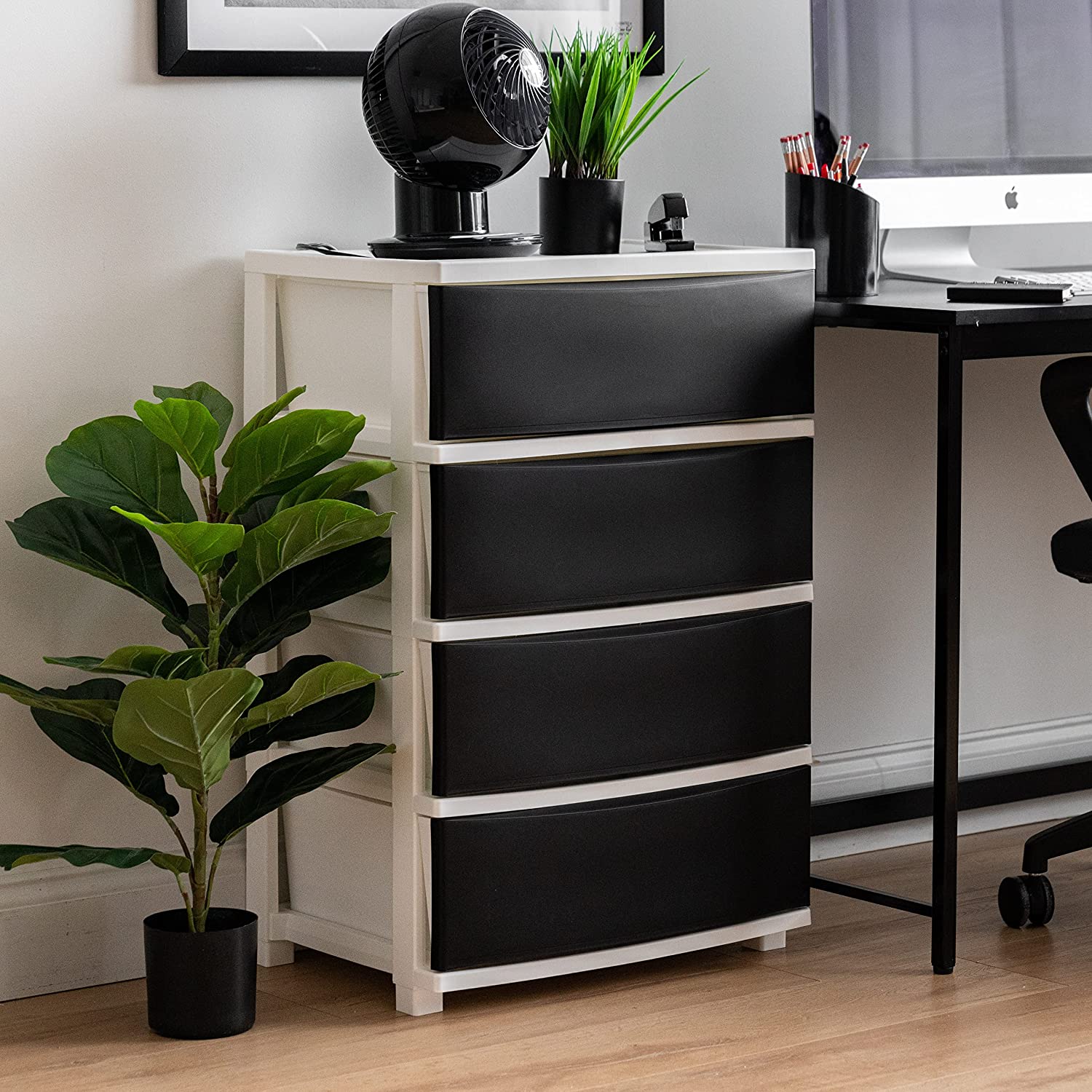


0 thoughts on “Clothes Storage Mistakes: 10 Everyday Blunders”